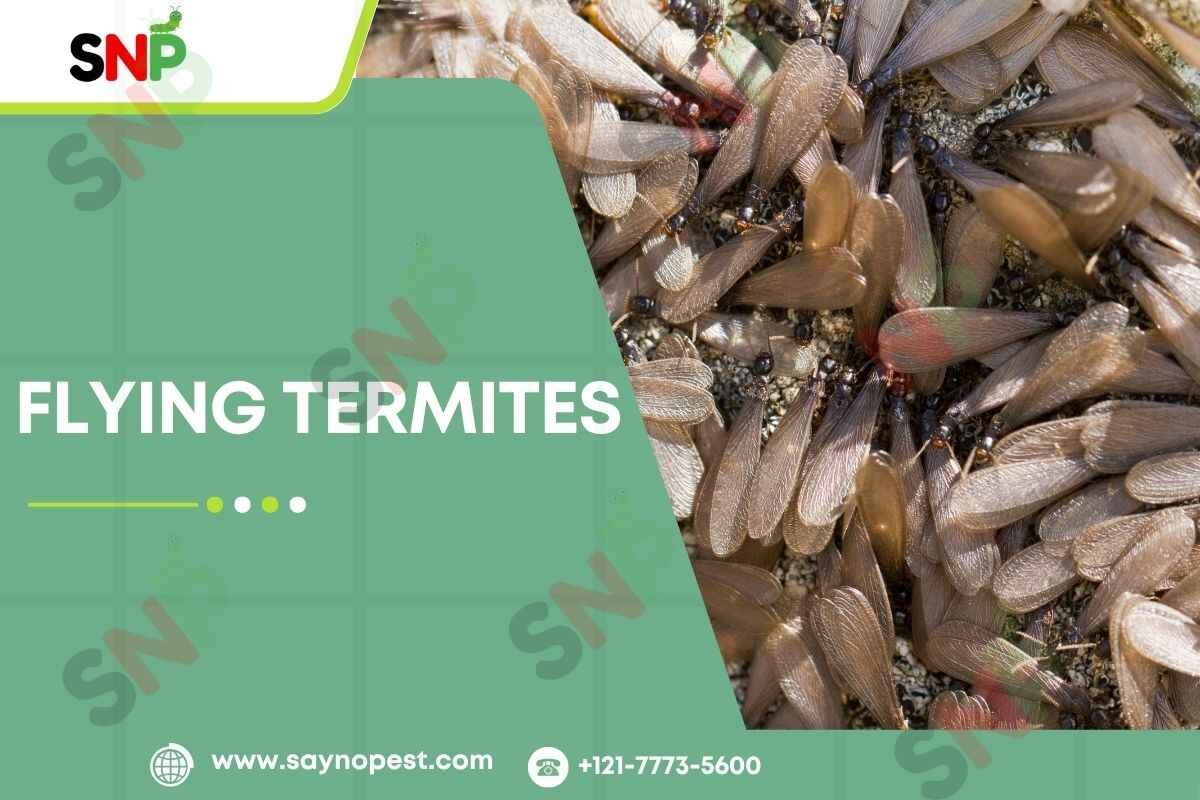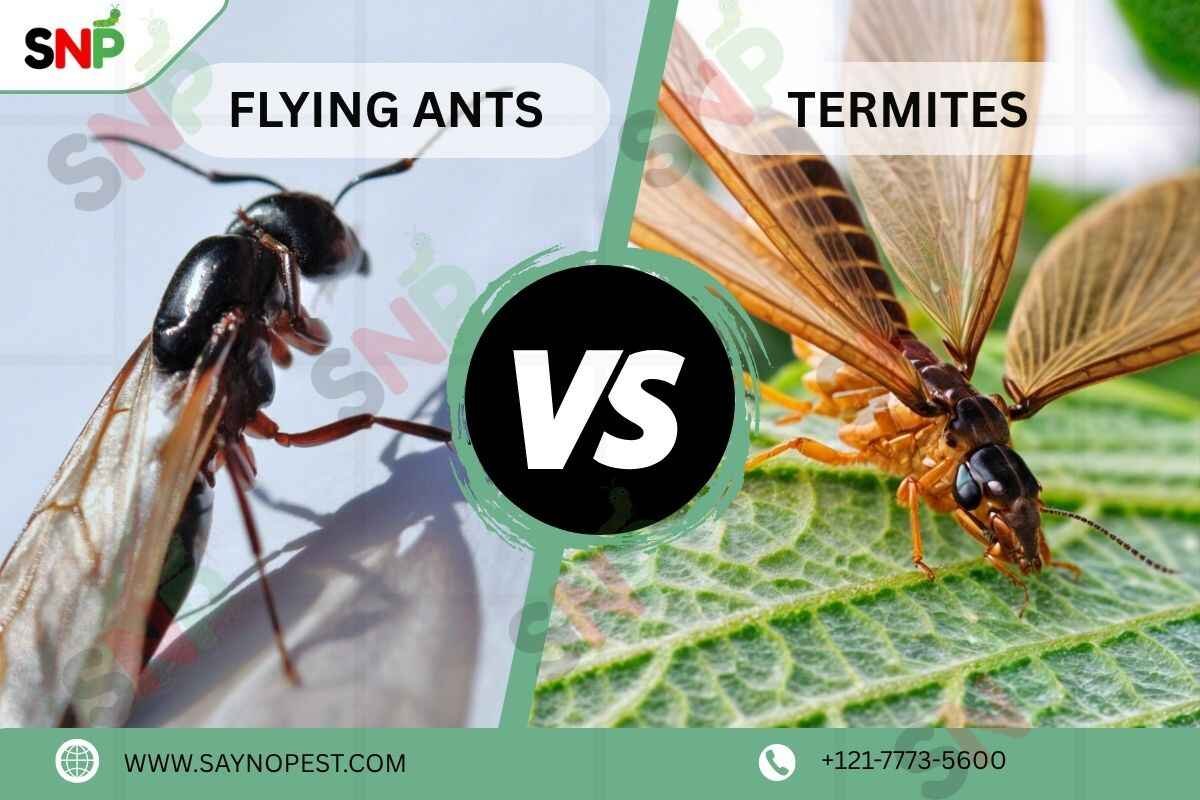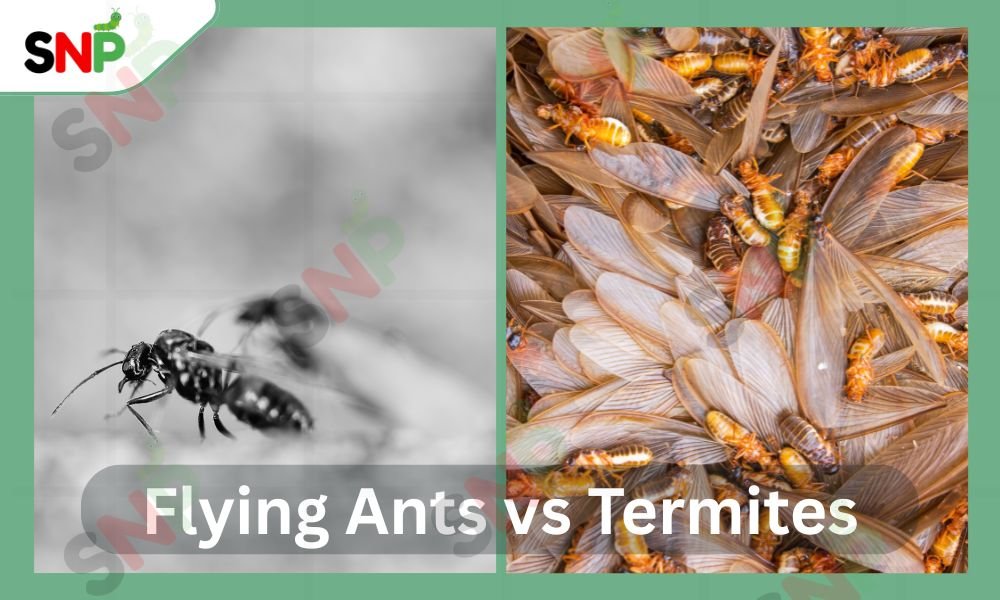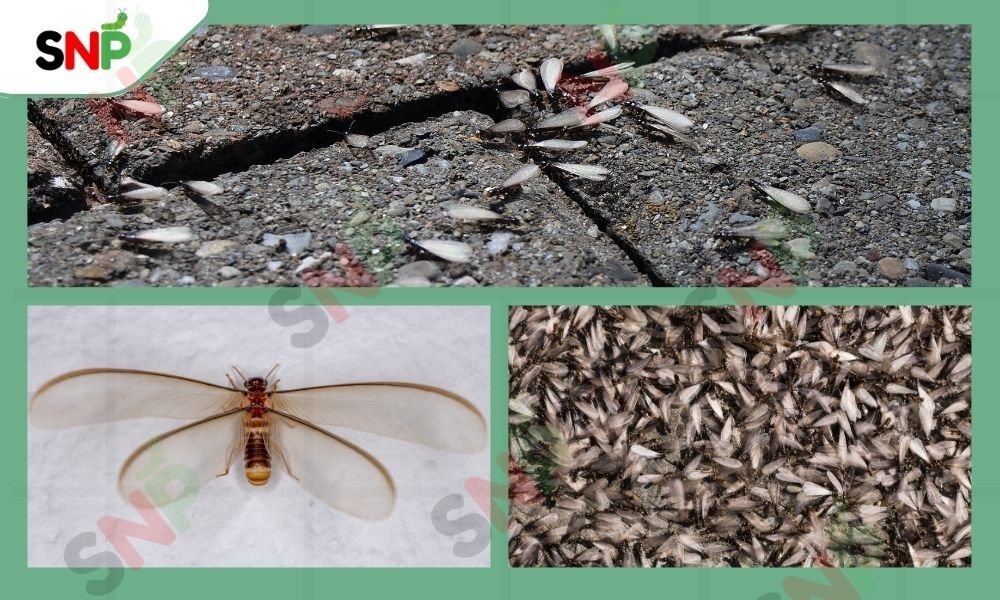If you have ever come across a sudden, very big number of winged insects around your home, especially after a rainy period, it is possible you have met the flying termites. These pests are not only annoying but also a warning marker of the possible termite infestation that may cause severe destruction of your property. In the following thorough guide, we have gathered information for the American homeowners to educate them on the subject of flying termites from the very beginning, which includes their behaviour and diet, the reason for their sudden appearance, and the ways of how to get rid of flying termites and distinguishing them from flying ants vs termites.
What Do Flying Termites Look Like?
Flying termites are also referred to as “alates” or “swarmers.” They are the sexually productive members of the termite colony. The following are the characteristics by which you may recognize them:
Size
The majority of flying termites are in the range from 1/4 to 3/8 inches long.
Color
Either light brown, dark brown, or black is the general color range of flying termites, although there are differences in species. Moisture retention during their brief outside life is one of the purposes of the darker colour.
Wings
What makes flying termites mostly different is their two sets of long, equal-sized, transparent wings. These wings are longer than their body and have visible veins, which distinguishes them from other insects.
Body Shape
Definitely not ants, flying termites have a thick and straight body without a waist, which is the main difference.
Antennae
They have straight and bead-like antennae, which are not bent like ants.
Behaviour
When the weather is warm and humid, flying termites typically come out in the open. The majority of termite swarmings, known as Termite Swarm occur after rainy conditions during springtime or initial summertime flight periods. The nuptial flight defines the mating event when termites secure their mates for colony establishment. They are generally strongly attracted to light and often surrounded by lamps and windows. After mating, their wings drop, and thereafter, they look for a place that is more secure to start a family.
Diet
Worker termites, unlike their counterparts who fly, do not eat wood. The sole reason for them is to multiply. When they become the king of a fresh colony, their offspring will feed on cellulose materials like wood, paper, cardboard, leaves, and even roots. This is the reason why a group of these flying insects is a warning signal: it suggests that there is a mature colony in the vicinity, and a new infestation may begin.
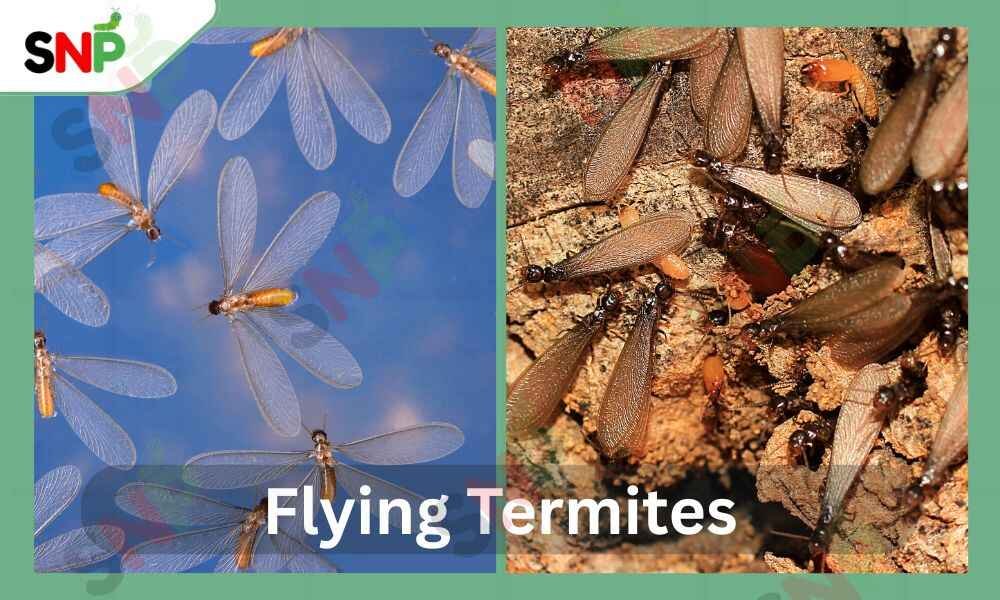
How to Get Rid of Flying Termites
If you see flying termites inside your home or close to it, quick, decisive action is a must. Here is what can be done to get rid of flying termites:
Seal Entry Points
You should seal entry points with caulk along with installing weatherproof seals and attaching mesh screens to windows in order to stop termites from getting into your house.
Reduce Moisture
Termites find their optimal environment when an area remains moist. Ideal house ventilation combined with moisture control and leak repair operations will keep pests away from your home.
Remove Food Sources
Remove all wood material sources because you should get rid of wooden debris and old furniture items, cardboard boxes alongside dead leaves from your outdoor spaces.
Direct Treatments
You can apply boric acid or orange oil to the places that are affected by termites. Both of these are natural solutions and kill termites on the spot.
Use Nematodes
By being placed within the soil, these worms will perform the job of attacking and exterminating termite colonies naturally.
Install Bug Zappers
Bug zappers are devices which are able to catch insects by luring them with light. Utilizing bug zappers can be one of the approaches to decrease the number of flying termites when swarming events.
Professional Pest Control
For extensive termite infestations, certified pest control companies carry out various anti-termite treatments, e.g., liquid termiticides (fipronil, imidacloprid, bifenthrin) or baiting systems, offering not only long-term protection but also total colony removal.
Your first line of defence is regular termite inspections and preventive maintenance.

Why Do Flying Termites Suddenly Appear?
Termites fly suddenly because of specific environmental conditions, mainly including high levels of warmth and moisture that commonly appear after rainfall. In general terms, these conditions are telling the mature colonies that the right time has come to let the reproductive alates swarm, mate, and start new colonies. It typically occurs once a year and takes only between 30 and 60 minutes, but it can recur for several days, provided that the conditions are still favourable.
The moment that flying termites come into your eyesight unexpectedly is a sure sign that a neighboring colony has now reached a mature state and is actually thinking of extending its zone. Listen carefully! This is a red alert, not a mere stop sign for homeowners. The appearance of swarmers is likely to reveal the fact that the wood surrounding the house has already been attacked by worker termites.
Flying Ants vs Termites
Flight Mating termites are highly required for the survival and increase of the termite colony, but, unfortunately, they are going to lead to the extension of a new one when they are ready to leave.
Most homeowners mistake flying termite specimens for flying ants but need proper identification of these creatures. The proper control of both winged termites and flying ants requires accurate identification since their respective pesticides represent potential dangers to each other. Flying termites only eat their way through wood and are not good for anything else, while flying ants are free of wood and are not truncated to such a state and are the biggest destroyer of them. Flies are responsible for the pollination of plants and flowers. Insects and birds also participate in transporting pollen between the stamen (male) and the pistil
